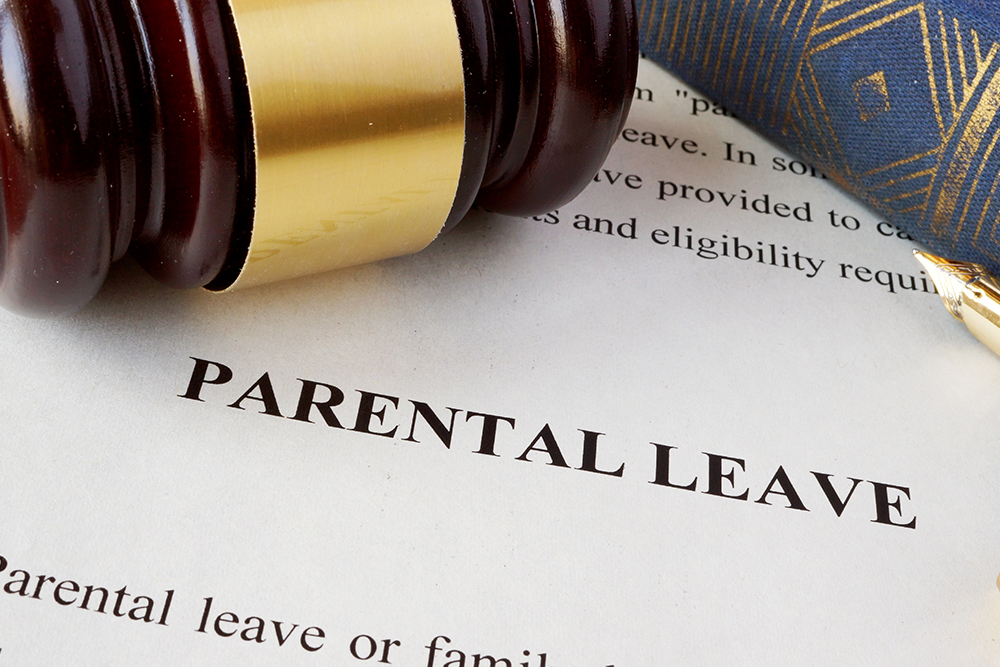The Family and Medical Insurance Leave (FAMILY) Act was reintroduced in Congress in 2021 and is known as S. 463 and H.R. 1185. The Act has been introduced repeatedly during legislative sessions for the past 7 years but has yet to progress.
The FAMILY Act strives to create paid time off at a portion of previous wages—in contrast to the current Family and Medical Leave Act (FMLA), which provides only unpaid time off.
Like the FMLA, the FAMILY Act would provide leave for a serious health condition or for someone to assist a family member with a serious health condition. It would also be applicable to pregnancy, childbirth, or another addition of a child, as well as have military caregiving provisions. These components all appear to mirror their counterparts in the FMLA, as does the time frame involved—up to 12 weeks.
How Does the FAMILY Act Differ from FMLA?
You may be wondering how the FAMILY Act differs from the FMLA.
The biggest difference is that the leave would be paid. The plan proposes to pay 66% of an individual’s wages or up to a capped monthly amount, whichever is lower.
Another difference is eligibility requirements. The program proposes to create an insurance fund employees contribute to over time; because of this, people would remain eligible even after moving or changing employers, as long as they have a sufficient work history. The work history requirement would require earned income during the preceding 12 months. This means there would be no requirement to work for an eligible employer with 50+ employees and would expand eligibility well beyond today’s FMLA.
From the contribution side, it’s proposed that employees would contribute a small amount through a payroll tax of 0.2%—which typically equates to less than $2 each week—into the insurance fund.
What’s Next?
The reintroduction of this legislation in Congress in 2021 comes with some differences. First, we’re still in the midst of a pandemic, one that saw many people needing time off but who had only a few or no paid options. The passing of paid leave requirements for those who contracted COVID was unique in that the United States doesn’t have any other paid leave requirements at the federal level, but that legislation has since expired.
This bill would change that, but it still needs to pass. It has more of a chance now because it has many more sponsors than in the past, which may help it gain more traction.
Employers should watch this space carefully, as this type of legislation, if enacted, could have impacts on payroll (to administer the new payroll tax correctly if you’re not using software to do it for you), as well as major impacts on leave administration. Bear in mind that everything mentioned above is based on a preliminary draft of the legislation, so if it progresses this year in Congress, the final outcome may look different from what we just outlined.

